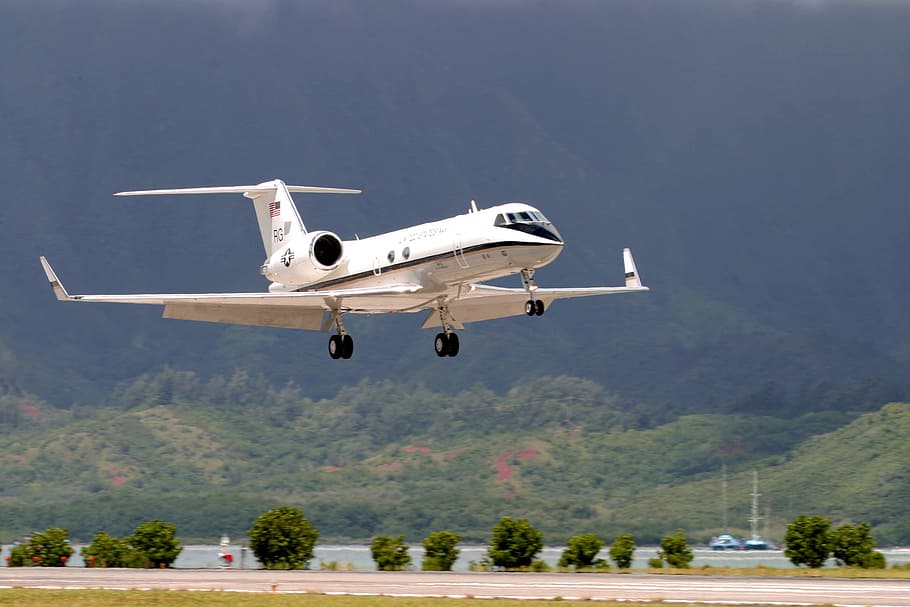Introduction
The allure of private jet travel has long been associated with luxury, exclusivity, and exorbitant costs. Nevertheless, recent traits within the aviation industry have opened doors for a broader demographic to experience the benefits of private flying at more inexpensive costs. This case study explores the components contributing to the decrease in private jet charter prices, the implications for consumers, and the evolving market dynamics which are reshaping the industry.
Understanding the Private Jet Market
Private jet charters have traditionally catered to high-internet-price individuals, company executives, and celebrities. The cost of chartering a private jet can fluctuate significantly based mostly on a number of elements, together with aircraft kind, distance, duration, and extra providers. Historically, prices could vary from $2,000 to $20,000 per hour. Nonetheless, current developments have launched aggressive pricing strategies that are making private jet travel extra accessible.

Elements Influencing Value Reductions
- Increased Competitors: The entry of recent gamers into the private aviation market has intensified competitors. Firms comparable to JetSuite, Blade, and Wheels Up have launched progressive enterprise fashions, including membership programs and on-demand companies, which have driven costs down. These companies leverage expertise to streamline operations and reduce overhead prices, allowing them to offer competitive charges.
- Fractional Possession and Jet Cards: Fractional possession packages and jet card memberships permit people to purchase a share of an aircraft or pre-buy flight hours at a discounted charge. This model democratizes entry to private jets, enabling consumers to get pleasure from the advantages of private jets charter international travel travel without the complete monetary burden of ownership.
- Empty Leg Flights: Empty leg flights confer with the return journey of a private jet that is flying back to its house base with out passengers. These flights are sometimes supplied at significantly lowered rates—sometimes up to 75% off standard charter costs. As extra firms seek to fill these empty legs, customers can make the most of substantial savings.
- Technological Advancements: The adoption of digital platforms and apps has simplified the booking course of for private jet charters. Customers can now compare costs, aircraft options, and availability in real-time, leading to extra informed decisions and competitive pricing.
- Market Demand Fluctuations: The COVID-19 pandemic had a profound affect on travel patterns, resulting in a surge in demand for private jets as travelers sought safer alternate options to business flights. This shift has prompted operators to adapt their pricing methods to draw a wider audience, leading to decrease prices for consumers.
Case Research: JetSuite
JetSuite is a first-rate instance of an organization that has efficiently navigated the altering landscape of private aviation. Based in 2006, JetSuite has focused on offering affordable private jet travel via a mixture of innovative services and competitive pricing. The company gives a membership program that permits prospects to purchase flight hours at a discounted price, making private travel extra attainable.
In 2021, JetSuite launched a brand new pricing mannequin that included decrease hourly rates for its fleet of Embraer Phenom a hundred and Phenom 300 jets. By optimizing operational efficiencies and leveraging technology, JetSuite was able to reduce costs and pass those financial savings on to customers. This strategic transfer resulted in a 30% increase in bookings within the primary six months of implementation, demonstrating the effectiveness of a buyer-centric method to pricing.
Implications for Customers
The reduction in private jet charter prices (sublimejobs.co.za) has broad implications for customers. At first, it enhances accessibility to private aviation, permitting extra individuals and companies to experience the comfort and suppleness of private travel. This shift is particularly helpful for small and medium-sized enterprises (SMEs) that may not have previously thought of private jet travel as a result of cost constraints.
Moreover, the elevated competitors in the market fosters innovation and higher service offerings. Consumers can now count on improved customer service, extra numerous aircraft options, and enhanced journey experiences as companies try to differentiate themselves in a crowded marketplace.
The future of Private Jet Travel
As the private aviation industry continues to evolve, several tendencies are likely to form its future:
- Sustainability Initiatives: With rising issues about environmental impression, private jet operators are more and more specializing in sustainability initiatives. This contains investing in gas-efficient aircraft, exploring different fuels, and implementing carbon offset applications. As customers develop into extra environmentally acutely aware, corporations that prioritize sustainability may acquire a competitive edge.
- Technological Integration: The integration of advanced technologies, akin to artificial intelligence and knowledge analytics, will additional enhance operational efficiencies and customer experiences. These technologies can optimize flight routes, cut back gasoline consumption, and supply customized companies, ultimately resulting in price financial savings for customers.
- Dynamic Pricing Fashions: The adoption of dynamic pricing models, similar to these used in the industrial airline business, may turn into more prevalent in the private jet sector. This method permits firms to regulate prices based mostly on demand, time of booking, and market circumstances, offering customers with alternatives to safe decrease charges.
- Development of On-Demand Services: The pattern in direction of on-demand private jet services is more likely to proceed, with more companies offering versatile booking choices that cater to final-minute journey needs. This mannequin aligns with the changing preferences of travelers who prioritize convenience and spontaneity.
Conclusion
The panorama of private jet travel is undergoing a major transformation, with reducing charter prices making this once-exclusive mode of transportation more attainable for a wider viewers. Components similar to elevated competition, innovative pricing models, and technological advancements are reshaping the industry and enhancing the buyer expertise. Because the market continues to evolve, it is going to be important for private jet operators to adapt to changing consumer preferences and prioritize sustainability to remain aggressive. Ultimately, the way forward for private jet travel appears to be like promising, providing thrilling alternatives for each consumers and operators alike.







